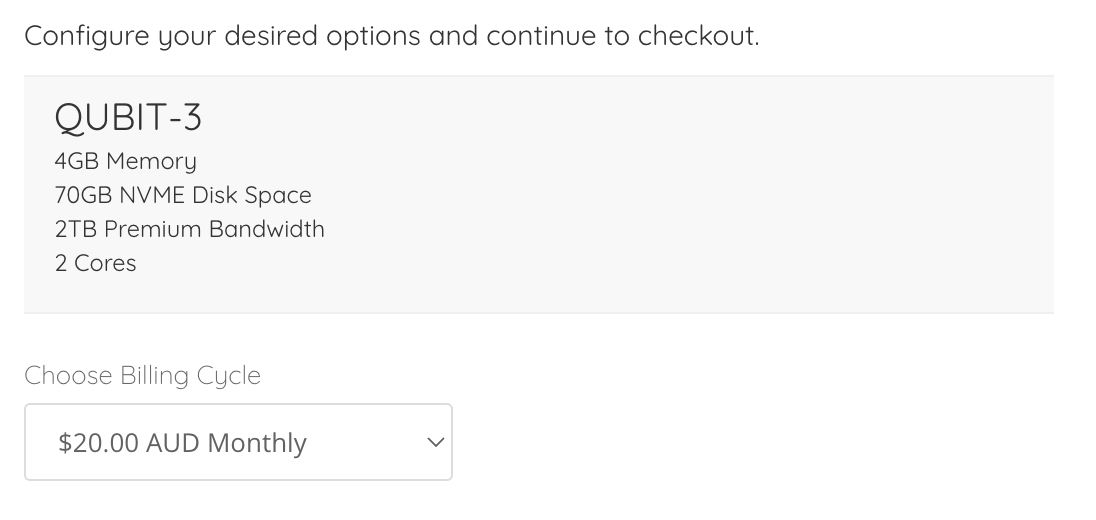Selfhosting is basically free. You already have an unmetered Internet connection, and sourcing some hardware to run Lemmy would also be super easy.
The “problem” is that setting Lemmy up is quite annoying and complex and involves multiple docker containers and volumes and networks. There are various installation scripts but it is still a complete mess.
It would also result in a metric shit-ton of traffic and data storage.
